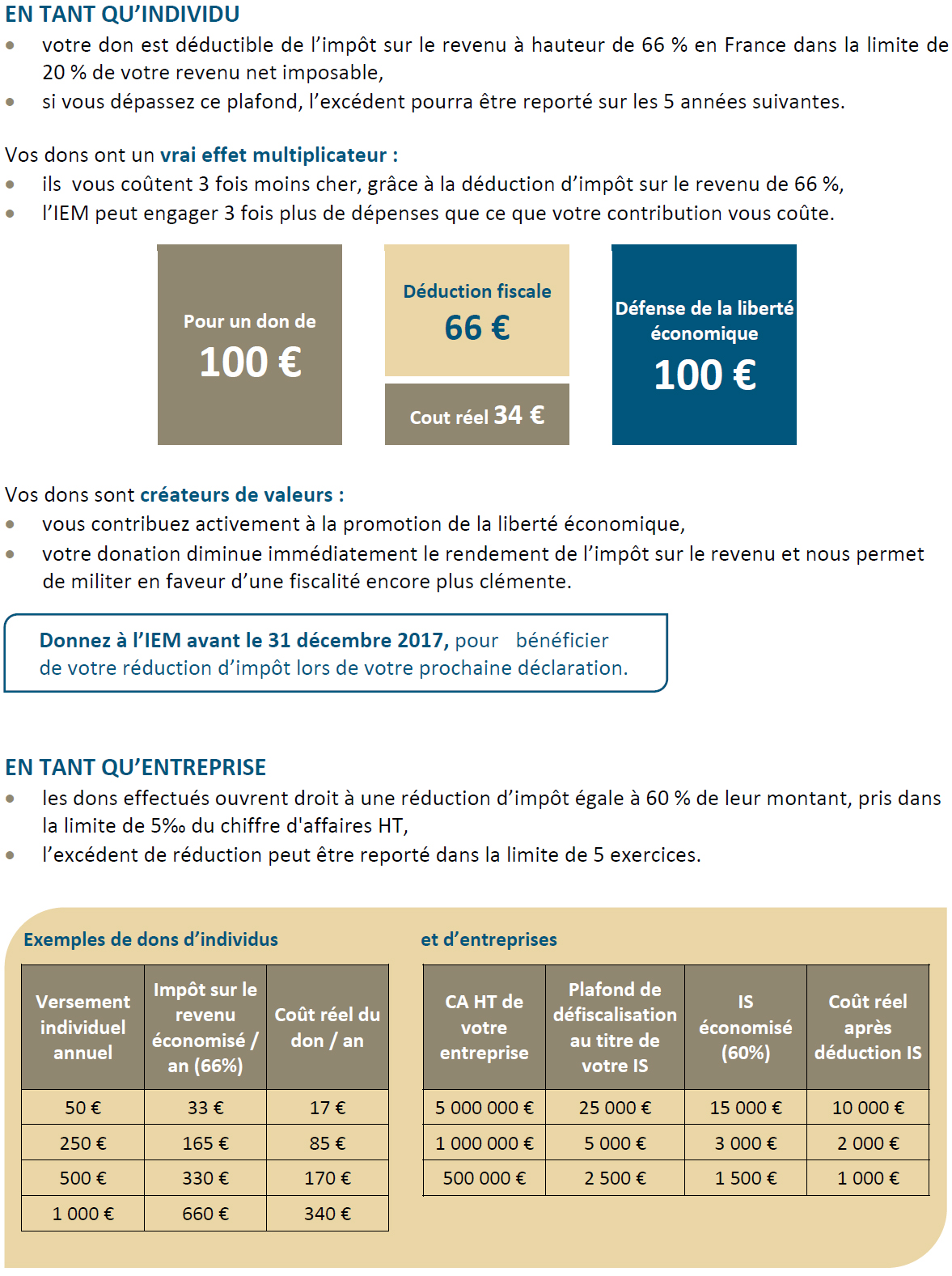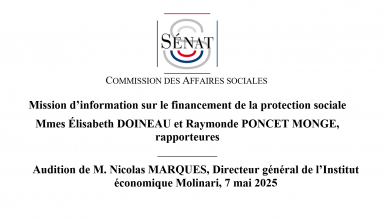Stimulating the economy by reforming government
A shorter French version of this article was published on LeMonde.fr on January 29, 2009.
In the last few weeks, it has been a struggle to follow the tens of billions or even hundreds of billions paraded each day in newspaper headlines. We have seen $787 billion approved in the US, €26 billion in France, €50 billion in Germany, and so on. But these successive plans fail to provide for solving the economy’s basic problem, namely the necessary restructuring of many activities. Rather than extravagant spending, restarting economic activity calls for a substantial drop both in taxes and in public spending.
In public debate, stimulating consumption is often presented as the fundamental issue. This is simply mistaken. The economy is suffering in reality from the overdose of credit it experienced over the last few years and from excessive expansion of certain activities. For years, lax monetary policy in the United States enabled many industries to borrow massively and to grow accordingly. New investment was made artificially profitable due to low interest rates. Sectors that benefited heavily from this easy credit enjoyed years of prosperity. They developed, and they hired. The real estate and automobile sectors, for instance, cashed in on the credit generously distributed to individuals by the banks, which in turn were encouraged to lend, due in particular to the existence of sanctions if they did not issue enough credit. U.S. monetary policy – followed, to a lesser degree, by the European Central Bank – allowed for the creation of an economic bubble.
But the wealth generated by sectors such as real estate was more apparent than real, based on a credit flow created without prior private savings. The progressive rise in U.S. Federal Reserve rates, from 1% to 4.5% between 2004 and 2006, led to the bursting of the bubble. The activities that most benefited from credit since 2000 were the first to suffer, relying for their profitability solely on credit. Real estate, especially in the United States, has seen numerous bankruptcies. The automobile sector is crumbling in the face of hardship. The Big Three U.S. automakers – General Motors, Chrysler and Ford – are near bankruptcy. The crisis later spread to the economy as a whole.
In this situation, stimulus plans have only limited effect and make great numbers of companies more vulnerable. These plans are financed by borrowing and reduce the quantity of savings available for business. Between 1 January 2008 and 1 January 2009, U.S. Government debt went from $9.210 trillion to $10.627 trillion, up by 15%, whereas it has grown « only » by 6% in 2006 and 2007. Everything governments borrow on the capital market is taken from the savings reserve that citizens seek to invest. By borrowing ever more, governments capture a portion of savings that then cannot go to large companies, which also seek to obtain financing through bond issues.
If the money for stimulus plans were not spent by governments, it would remain available to companies, which could then invest and hire. This is not the case, however, and the astronomical amounts now being borrowed by governments are drying up the capital market, pushing up interest rates and destabilizing the entire private sector.
Stimulus plans can thus be compared to a redistribution that benefits some companies to the detriment of many others. Rather than providing for the development of future-oriented activities, they keep unprofitable activities in place. They thereby slow a process required for recovery: the restructuring of many activities.
However is any attempt to hasten economic revival bound to fail? No, certain structural reforms can speed up the process of restructuring. What is needed is to free up real resources available to the private sector in the economy, which can be done only by reducing the public sector’s share.
In a country, the wealth created each year by the private sector is partly kept by those who produced it and partly collected and spent by government. In France, for example, public spending amounts to 52.7% of gross domestic product (GDP), compared to 43.8% in Germany and 37.8% in the United States. Lowering these rates, in other words increasing the share of GDP left in orivate hands, would free up billions of euros in the economy. For this to happen, obligatory deductions would have to be reduced. This would generate positive incentives to work, to engage in enterprise and to invest. This would end up stimulating both consumption and investment.
But tax cuts alone would not be enough, insofar as they are financed now by debt without there being more savings or real resources in the economy. A lowering of tax rates must necessarily be accompanied by at least an equivalent reduction in public spending. Companies could then shed part of the tax burden that weighs down their activity and could direct the resources freed up in this way to their most productive uses.
At a time of crisis, governments have a natural tendency to intervene more extensively. This, however, leads to a pitfall. However great the amounts committed, stimulus plans cannot turn an unprofitable activity into a profitable one. On the contrary, they make sectors that meet real demand more vulnerable. The best form of stimulus consists of a joint lowering of tax rates and public spending. Only in this way can activities on the verge of bankruptcy be restructured and growth sectors prosper.
Guillaume Vuillemey and Vincent Poncet are Researchers at the Institut économique Molinari.





